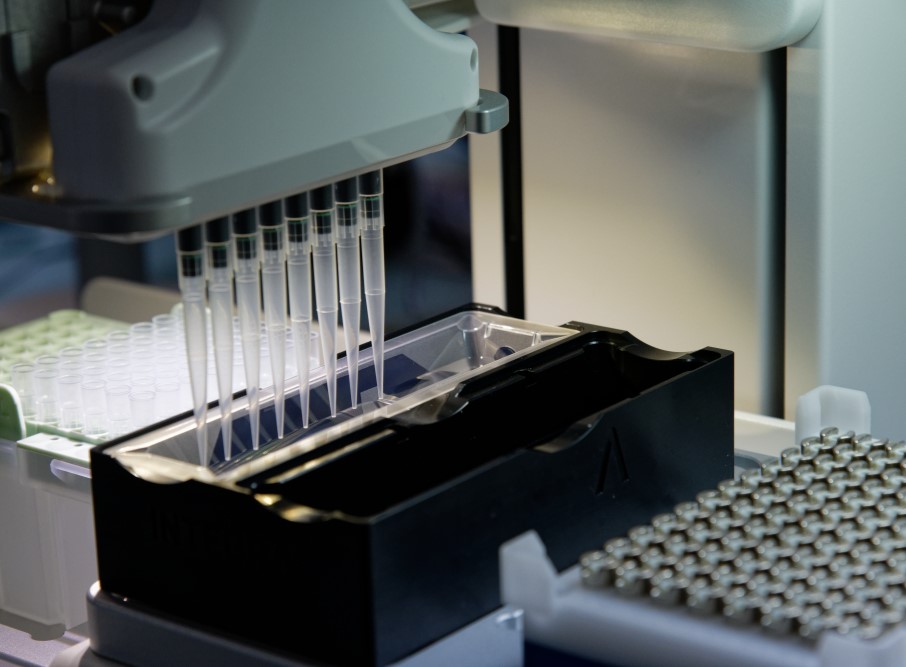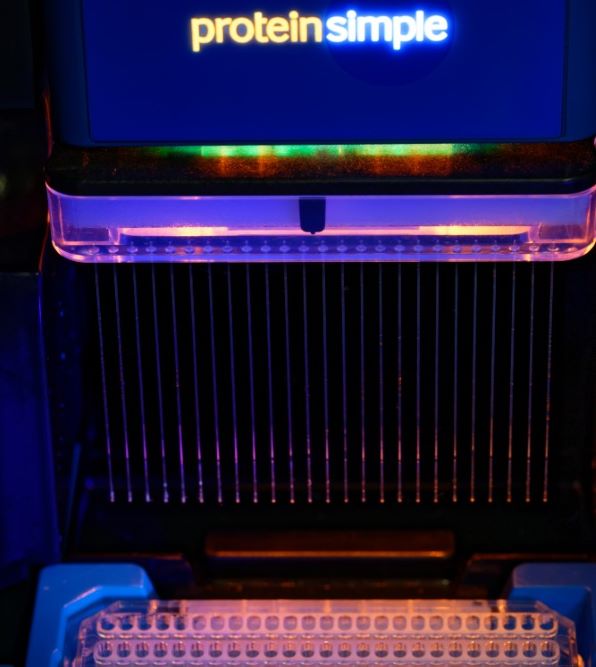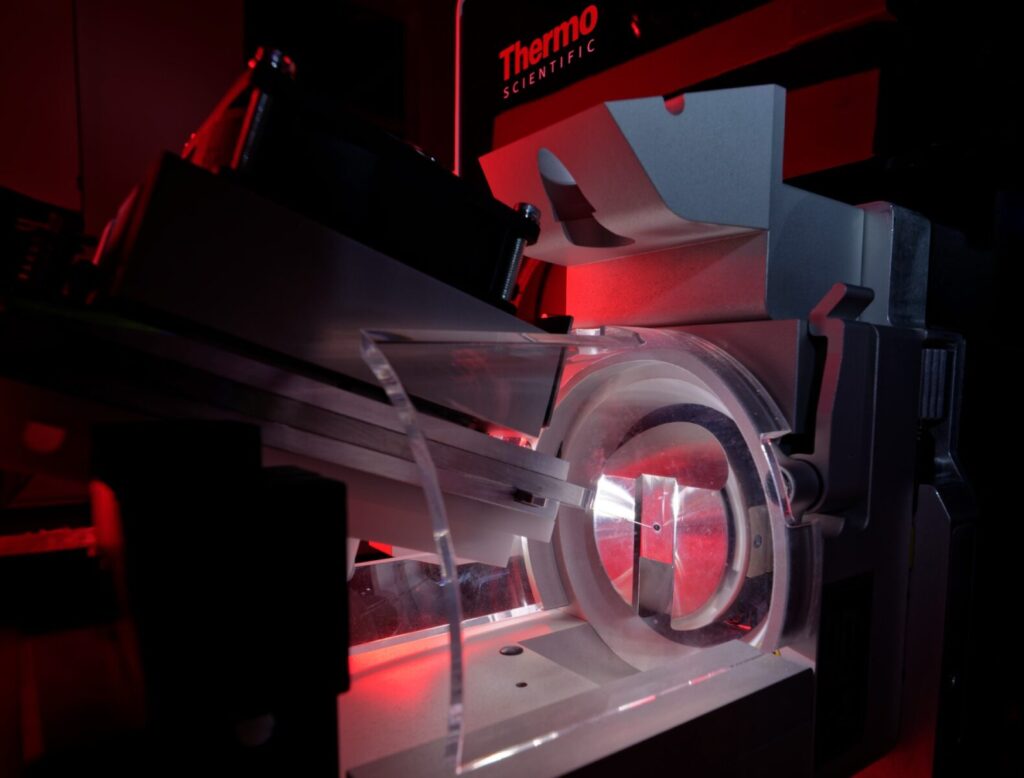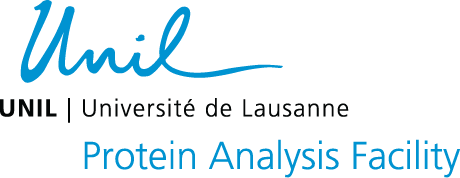Sample
preparation

- Protein extraction, quantification & digestion
- Peptide clean-up
- Phosphopeptide enrichment
Simple Western

Targeted quantitation of proteins using antibodies & automated capillary electrophoresis
Mass
spectrometry

- Protein identification
- Protein quantitation by label-free (LFQ) / isobaric (TMT) / metabolic labelling (SILAC)
- Identification and quantitation of Post Translational Modifications (PTM)
- Data Dependant or Independant Acquisition workflows (DDA/DIA)
Typical workflows & applications
All workflows encompass data processing, filtering, normalization and statistical testing, accompanied by comprehensive reporting.
Total proteome profiling
Typical output: 6’000-8’000 protein groups identified and quantitated with high data completeness
Amount needed: 20 ug proteins
Format : any number of samples
- Extraction of proteins from cells or tissue samples
- Protein digestion and peptide clean-up
- MS analysis by DIA direct or via project-specific library
Protein interactions
Typical output: 500 – 2’500 protein groups
Amount needed: experiment-dependent
Format : any number of samples
- Following affinity purification, protein digestion on-beads or after elution.
- MS analysis by DDA, label-free quantitation.
- Variants :
- Dedicated digestion procedures for proximity labelling samples (streptavidin beads).
- MS analysis on the Orbitrap Fusion with FAIMS interface for increasing depth by ion mobility fractionation of peptides.
- Classical geLC-MS/MS workflow available on demand.
Phosphoproteomics (Phospho-TMT 16-plex)
Typical output: 10’000-15’000 phosphosites identified and quantitated with data completeness > 80%
Amount needed: 150 ug proteins
Format : Batches of 16 samples to be compared directly
- Extraction of proteins from cells or tissue samples
- Protein digestion and peptide clean-up
- Labelling with TMT Pro reagents
- Phosphopeptide enrichment by IMAC
- MS analysis on FAIMS-Orbitrap instrument with fractionation by ion mobility to increase depth
- Parallel profiling of total proteomes on the same samples
See our technology page for more information on our instrumentation and our data analysis workflows.
